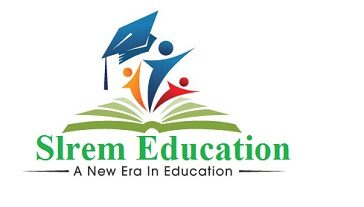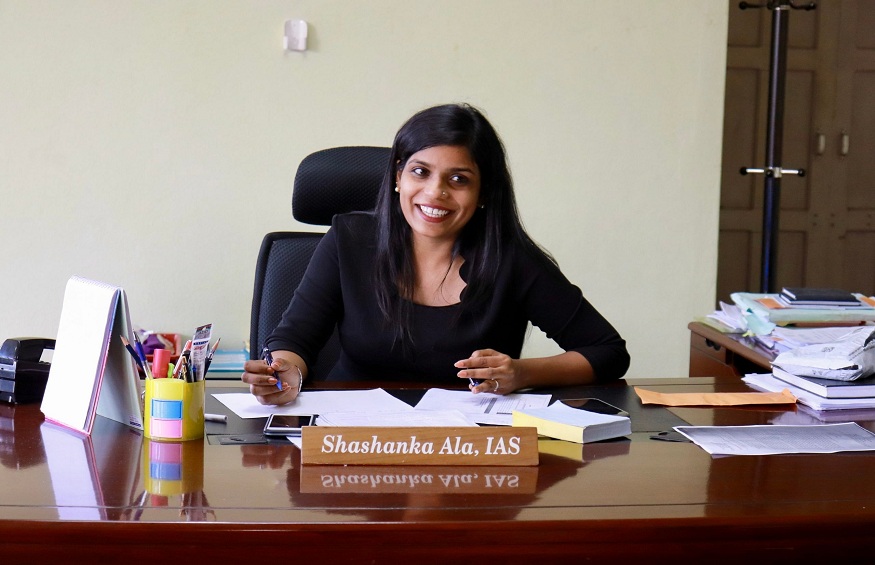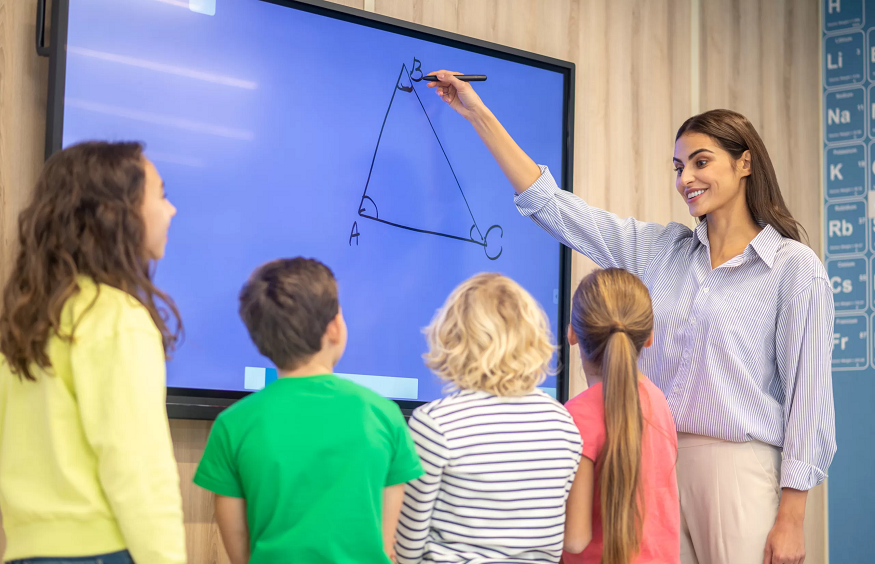Navigating the complexities of special education requires more than just good intentions—it demands informed leadership. One of the most influential yet often overlooked roles in this process is that of the LEA (Local Educational Agency) representative. This individual serves as the bridge between compliance, collaboration, and actionable support for students with disabilities. However, many school leaders step into this role without formal preparation or clear guidance. That’s why professional development is so essential—especially through structured, accessible learning formats. For aspiring and current leaders, enrolling in online teacher training courses in Bangalore can provide the foundational knowledge and practical tools needed to take on this responsibility effectively. Read on to lead with confidence and clarity.
What Is the LEA Representative?
In the context of special education, the LEA representative is a vital IEP team member—mandated by federal law under the Individuals with Disabilities Education Act (IDEA). This representative must:
- Be qualified to provide or supervise specially designed instruction.
- Be knowledgeable about the general education curriculum.
- Be familiar with available resources.
- Be authorized to commit district or school-level resources.
While the role is frequently filled by an administrator such as a principal or special education director, IDEA’s flexibility allows any qualified person to serve—so long as they meet the above criteria and can uphold the IEP commitments.
Why the LEA Representative Role Matters
Take a look at a few reasons why the role of a LEA representative matters in every educational institution:
1. Bridge Between Policy and Practice
The LEA representative ensures district-wide policy translates into actionable IEP decisions. They align educational ideals—like a free and appropriate public education (FAPE)—with practical implementation in unique student contexts.
2. Resource Authority
This individual has the legal authority to commit resources—such as staffing, assistive technology, or specialized services—so that recommendations discussed in the meeting can be executed in reality.
3. Legal Compliance
The LEA representative safeguards the legality and procedural correctness of the IEP process. They help ensure that IDEA requirements are met and reduce school liability.
4. Collaboration and Mediation
Aligned with being a “collaboration facilitator,” the LEA representative fosters compact teamwork and helps navigate conflicts among educators, families, and specialists for the benefit of the student.
Key Responsibilities of the LEA Representative
The LEA representative plays a critical role in guiding, authorizing, and ensuring the effective and legal execution of the IEP process. Here is everything they do:
- Preparation Before the Meeting
An effective LEA rep thoroughly reviews the student’s current IEP, performance data, and evaluation reports before walking in. This preparation ensures informed contributions from day one.
- Guiding the Meeting
During the meeting, they facilitate robust discussion—encouraging input from all team members and steering conversations toward meaningful, student-centered outcomes.
- Resource Decisions
They use their authority to make realistic yet ambitious decisions about services and supports, ensuring that promises made in the IEP can be fulfilled.
- Follow-Through
After the meeting, the LEA rep must ensure that agreed elements appear correctly in the IEP document, then coordinate implementation and monitoring to ensure accountability over time.
Common Pitfalls to Avoid
Even experienced individuals can misstep in this role. Here are a few traps to sidestep:
- Rubber-Stamping Decisions
Approving IEP recommendations without critical evaluation can lead to services that are misaligned with student needs. The LEA representative must actively assess each decision to ensure it’s appropriate, feasible, and legally sound.
Passive participation weakens the integrity of the IEP process and increases the risk of non-compliance.
- Overstepping Expertise
Trying to dominate discussions or make instructional decisions outside one’s knowledge can alienate the team.
The LEA rep should trust the expertise of educators, specialists, and families, while contributing within their authority. Balanced leadership fosters collaboration and better decision-making.
- Lack of Preparation
Entering an IEP meeting without reviewing student data, reports, or previous plans shows a lack of commitment.
Unpreparedness limits the LEA rep’s ability to contribute meaningfully and make informed decisions.
It can also undermine the confidence of other team members and disrupt the meeting’s flow.
- Focusing Only on Budget or Logistics
While resources matter, prioritizing cost or convenience over student need can compromise educational quality. The LEA rep must balance practicality with the obligation to provide FAPE (Free Appropriate Public Education).
A student-centered approach should always guide decision-making, even within resource constraints.
- Ignoring Procedural Requirements
Skipping steps like proper team notifications or documentation can violate IDEA regulations.
Procedural errors can invalidate IEPs and expose the school or district to legal consequences.
The LEA rep needs to be well-versed in legal processes and timelines.
- Weak Follow-Through
The IEP doesn’t end with the meeting—it must be implemented effectively.
Failing to ensure services, supports, or accommodations are delivered leads to broken trust and poor outcomes.
The LEA rep should monitor implementation and remain accountable post-meeting.
Practical Strategies for School Leaders
School leaders can strengthen their effectiveness as LEA representatives by using targeted strategies that support legal compliance, collaboration, and student-focused planning.
Here are a few strategies to try out:
1. Access Focused Training
School leaders should seek professional learning specifically tailored to the LEA role and IEP facilitation. There are several platforms that offer legal and leadership-focused modules to build confidence and competence.
This training ensures leaders understand both compliance and collaboration best practices.
2. Use Checklists and Protocols
Structured tools like IEP meeting checklists help maintain consistency, accuracy, and legal compliance. These resources ensure that no steps are missed, especially during complex or high-stakes meetings.
They also streamline preparation and provide a clear roadmap for effective participation.
3. Role-Play and Peer Coaching
Simulated IEP meetings allow school leaders to practice real-life scenarios in a low-risk environment.
Role-playing helps develop facilitation skills, conflict resolution, and decision-making under pressure.
Peer feedback strengthens leadership growth and encourages reflective practice.
4. Consult Procedural Guides Regularly
Frequent review of IDEA regulations and district policies keeps LEA reps informed and up to date.
Being familiar with legal frameworks ensures procedural fidelity and protects against compliance errors.
It’s a proactive way to lead meetings with both confidence and credibility.
5. Collaborate Broadly With Team Members
Strong IEP meetings rely on input from all stakeholders—educators, families, specialists, and students when appropriate. The LEA rep should actively build trust, encourage open dialogue, and value every perspective.
Effective collaboration leads to stronger, more personalized support plans.
Bottom Line
The effectiveness of IEP meetings—and ultimately, student outcomes—often hinges on the quality of LEA representation. A well-prepared, knowledgeable, and legally attuned representative serves as the linchpin for implementation, compliance, and collaboration. As educational environments evolve, the role demands both expertise and continual growth. Educational leaders can further strengthen their capacity by enrolling in Educational Administration and Management Courses in Bangalore, where advanced frameworks and strategic leadership skills can be integrated with LEA-specific responsibilities to drive meaningful, inclusive practice.






